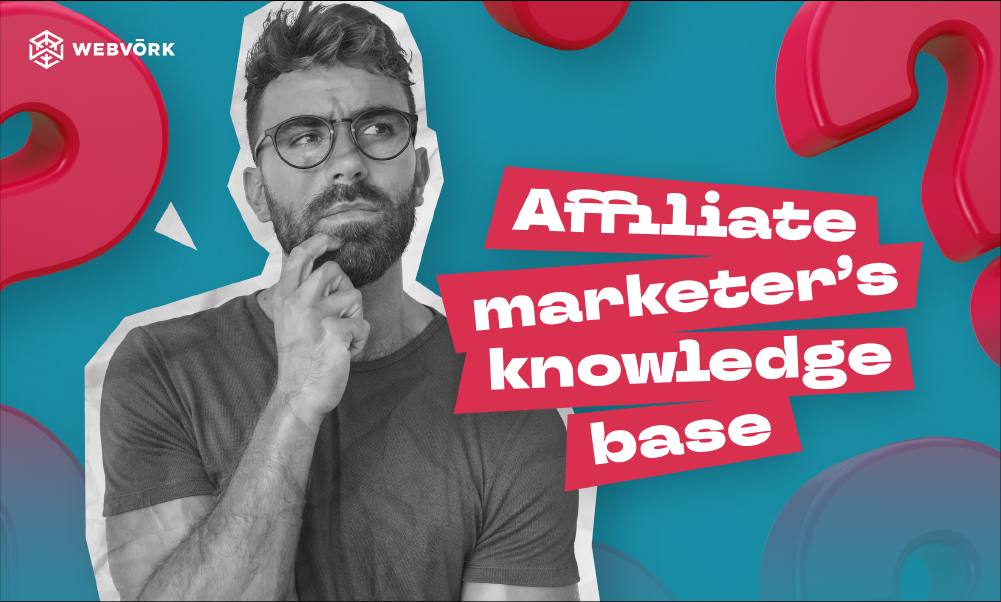What’s a Facebook Ads hold and how to bypass it

Today, we want to touch on one of the most painful topics for affiliate marketers who work with Facebook.
To begin with, let us remind you that a temporary hold on Facebook is the freezing of funds to check the solvency of the advertiser. Moreover, there is no option to skip this step, your account gets temporarily blocked, while your advertising simply does not show.
Previously, when adding a bank card, Facebook gave you a minimum payment threshold, which depended on how trustworthy the account was. Usually, it ranged from $2 to $50. This amount could be borrowed, after which you were able to make the first payment for your advertising. At the same time, it wasn’t necessary to have more than $2 on the card at the start, which is what frauds used to take advantage of.
Facebook got moody even back in summer: banks cards didn’t link to accounts, people were getting holds and Risk Payments left and right, as well as double charge-offs. Someone solved the problem using USA accounts, but this did not work for everyone.
Now, the hold amount is charged off equal to the bill amount every time the billing charge-off threshold is reached and is up to $75. For example, instead of $5, they charge off $10, and the money is returned to online banking within 14 days or longer.
We’ve explored the available options, the most popular ways to work around this problem. Let’s see.
Option 1. Create a new advertising account.
The essence of the method is to re-create the advertising account if, when linking a bank card, you got Risk Payment and a temporary hold. After re-creation, a new account will be available, to which you can try to link a different card. The old account will be closed.
The account can be re-created several times, but it can’t have any debts on it.
Option 2. Reduce the advertising campaign limit.
If, after launching an advertising campaign, you saw that your advertising account got disabled in the payments section, turn off your campaigns. Then reduce advertising campaign limits to $3-5. After that, boost a fan page with a minimum budget. If the problem doesn’t go away, try adding another bank card.
Option 3. Let it rest.
One of the simplest, but at the same time effective methods. Let the bank cards sit still for a day before linking them to your account, and give the same amount for your account after setting it up in your anti-detect browser. This will also make it more likely that you will get a higher bill.
And here are a few more important notes:
1. Choose quality trust accounts. Don’t be afraid to experiment with combinations: for example, for 1 strong account that’s been farmed for 30 days, you can take 7-9 automatically registered accounts that have been farmed for at least 5 days. Take one trusted fan page or 5 automatically created ones.
2. If you use a payment card with a used BIN, the risk of getting banned increases greatly. To minimize it, use trust systems, such as Capitalist, FlexCard, or PST.NET. You can also deal with holds using PayPal; their return period is minimal. The money quickly flows back into the account and can be immediately used for your traffic.
3. You can also contact support when the held money is not returned for a long time. Sometimes, the support is generous and gives coupons that more than compensate for the wait.
All affiliates have different bypass systems, but here’s the problem: they don’t always work and of course, they don’t work for everyone. Experiment, test different approaches, and keep a back-up budget for unexpected fund holds. Hope your profits are high as ever!